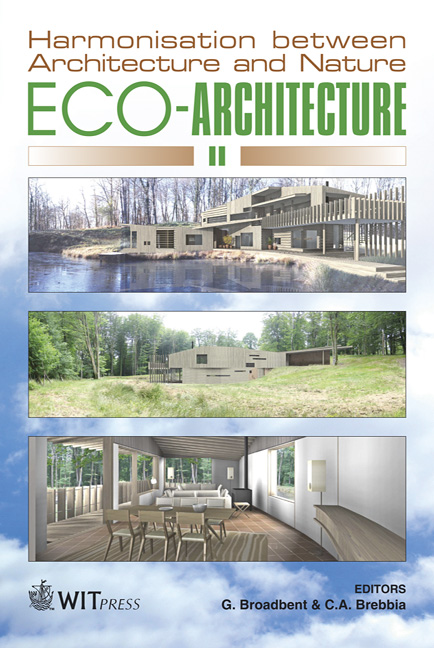Light Imprint New Urbanism – A Framework For Urban And Environmental Sustainability
Price
Free (open access)
Transaction
Volume
113
Pages
8
Page Range
69 - 76
Published
2008
Size
1094 kb
Paper DOI
10.2495/ARC080071
Copyright
WIT Press
Author(s)
T. E. Low, G. Tachiev, P. Kelly, G. Pearlman, N. Black, M. Carney & L. Koutrelakos
Abstract
Light Imprint New Urbanism (LINU) is a comprehensive planning and development framework that emphasizes sustainability, pedestrian-oriented design and increased environmental and infrastructural efficiency, while reducing a community’s anticipated construction expenses by up to one third of conventional practices. On a regional scale, building compact urban entities reduces the stress and fragmentation of the watershed caused by roads, infrastructure and impervious cover. This strategy preserves the resources provided by the watershed and creates environmentally sustainable communities. On a community and building scale, Light Imprint development makes communities more economically vital by reducing infrastructure such as roads, public works and facilities. The implementation of Light Imprint methods also results in a smaller ecological footprint of individual buildings. The hydrological effects include decreased storm water runoff in terms of total volume, peak capacity and enhanced groundwater recharge, all of which are critical factors for sustaining stream flow and as a result a considerably lower flood and erosion potential due to induced changes of the environment. Keywords: Light Imprint urbanism, sustainable urbanism, environmental sustainability, climate change. 1 Introduction The continuous expansion of the infrastructure of the human society increases the stress and impacts the natural, sustainable conditions of the watersheds. The impacts of urbanization on watersheds is mostly caused by impervious cover and
Keywords
Light Imprint urbanism, sustainable urbanism, environmentalsustainability, climate change.





